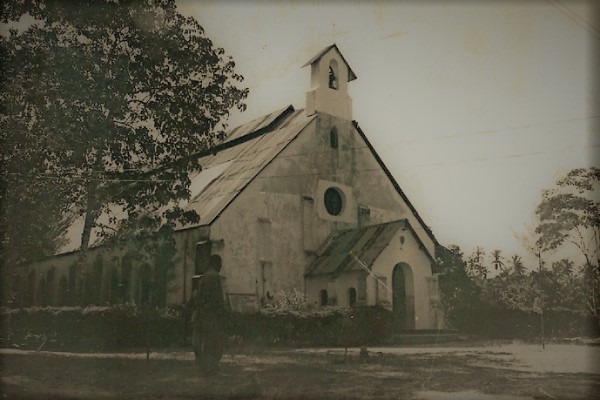Rabai Mission School

In the heart of Kilifi County, 20 kilometers northwest of Mombasa town, is Rabai Mpya. While the name suggests that the location is ‘new’, it is one of the oldest settlements in the region, going as far back as our living memory, though under different names throughout our history. Rabai Mpya is revered in Kenya’s history as the location from which Christianity spread into the hinterland. German Missionaries Ludwig Krapf and Johannes Rebmann built a mission station that included a church, dispensary, and school – the first modern-day school in Kenya.

The story of how the school came to be essentially began with Krapf’s time in Basle where he trained as a missionary. He was a fluent linguist which he used to his advantage during his missionary years. In November of 1836, he was accepted as a missionary of the Church Mission Society and in 1844 took up a mission to Abyssinia (Ethiopia) and later settled in Mombasa – which he called ‘Mombaz’ in his archived notebooks – with his wife. He made good with the people of Mombasa and plunged with ardor into the study of Kiswahili. Within two years, Krapf had learnt to speak Ki-Swahili, and with the aid of the Qadi of Mombasa started translating the book of Genesis into Kiswahili. Lastly, of note for this story – completed the mission station in Rabai.
Krapf was an active man, as was expected of those intending to spread The Gospel. The process was nothing short of tumultuous. The language barrier was certainly a problem in the beginning but because of his linguistic talent, he was soon able to interact with the WaSwahili. Trust followed and soon Krapf was endowed with a 100-acre piece of land in Rabai on which the first Anglican Church in East Africa was established.
One of the primary challenges he faced during this religious expedition was trying to ingrain a new cultural and religious practices. German churches were as far from the green sacred Kaya’s of the Mijikenda which dotted current day Kilifi, and likely throughout the rich lush Arabuko Sokoke rainforest. Again this backdrop, most people weren’t willing to give Christianity a chance. Johannes Rebmann, a fellow German missionary, joined Krapf in Rabai and together they set up a school to teach the people to read and write. Together they embarked on literary programs that helped the attendees of their small church to read and write. Over time, the number of people coming to the Rabai mission station increased. While the station was known for its church and its dispensary, it was also known for its educational impact then and in the years that followed.
Today, Rabai Mpya area has a number of schools ranging from primary to high school. Of note, however, is a secondary school – Dr. Krapf Memorial Secondary School – that stands in memory and honour of that early step into modern-day formal education.




1 Comment
Kenya should have been a Germany colony but dr kraft and lebman were not aggressive.